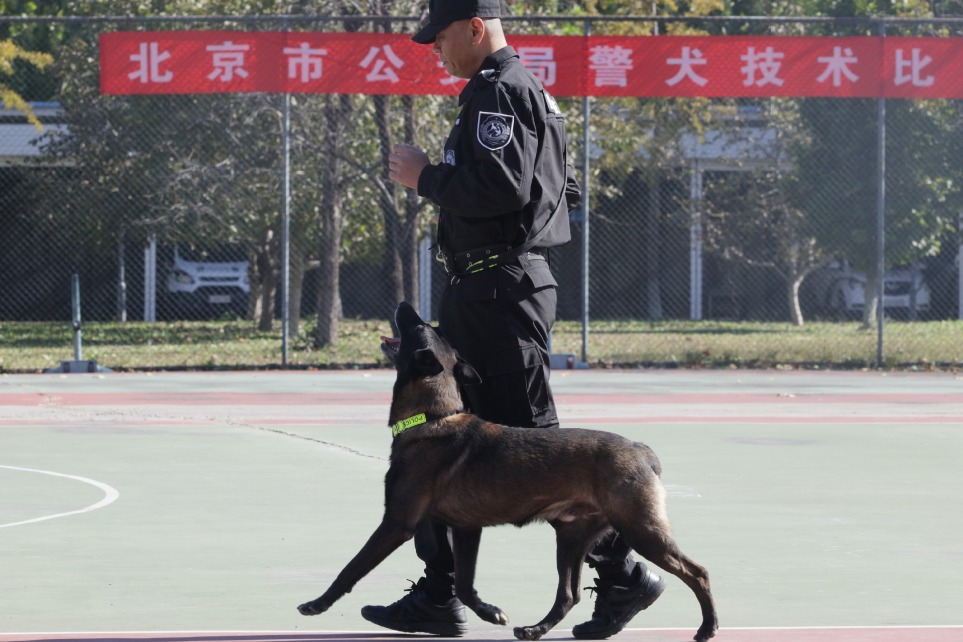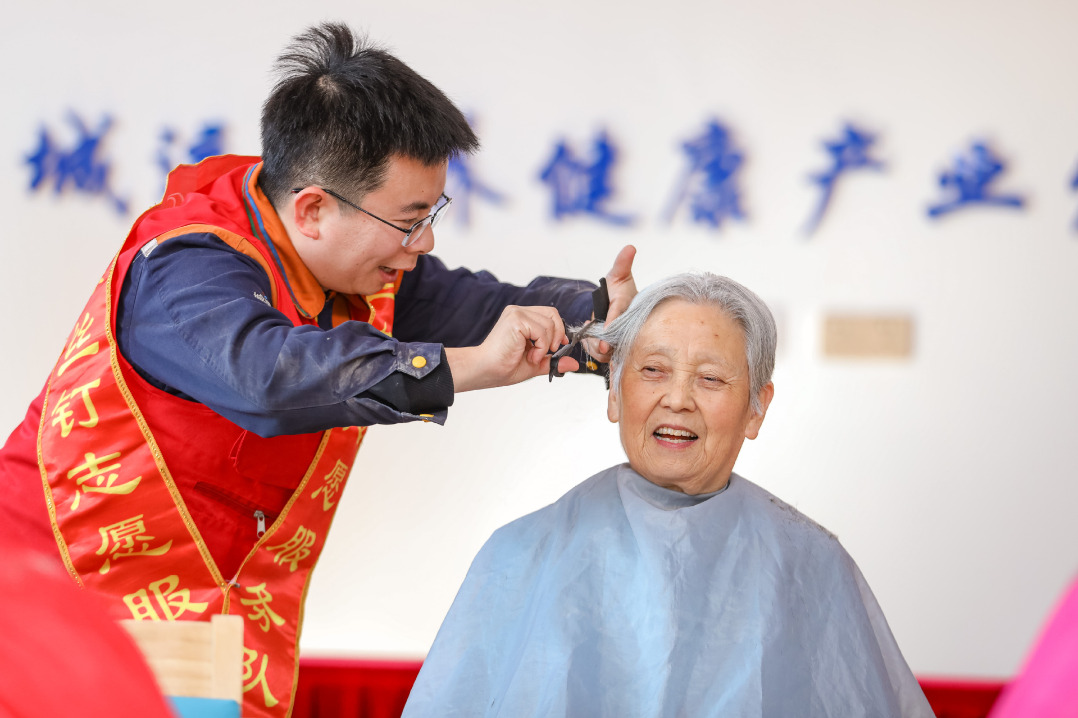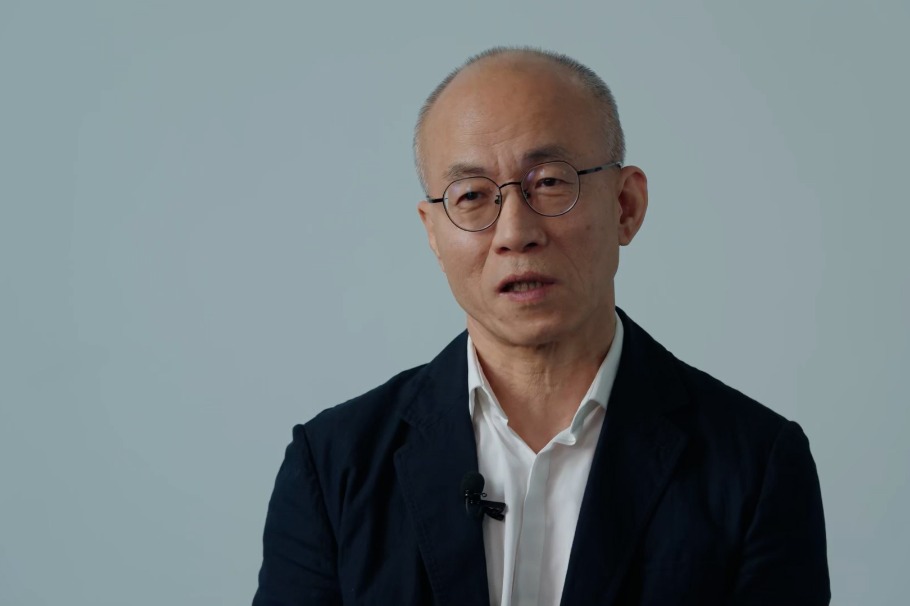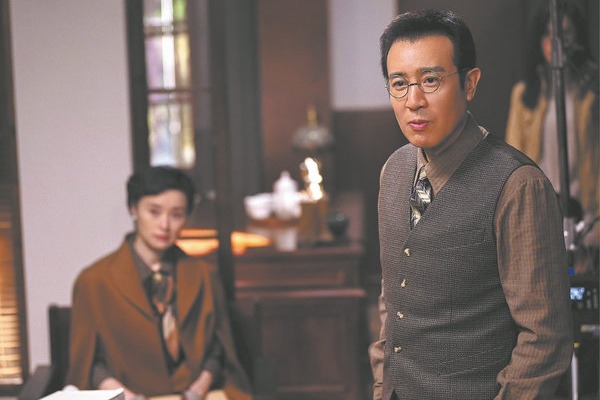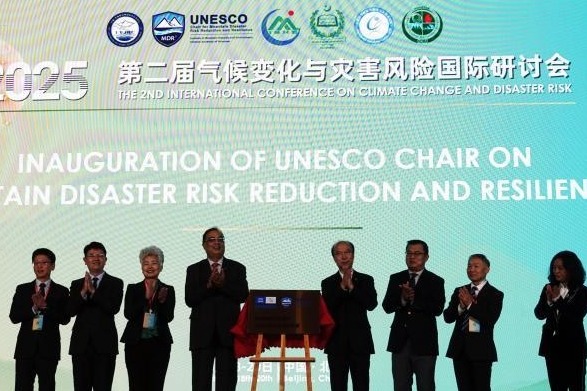Embracing kung fu without borders


'Not a hobby'
To Lundqvist, kung fu is part of his life. "It's not a hobby. Much like people having to eat or take a shower daily, I need to practice martial arts. If I don't, I would feel as if something's missing."
In contrast to Western boxing, which is easy to pick up and often viewed as dynamic by the younger generation, Lundqvist says traditional Chinese kung fu requires students to keep practicing the same movements for hours daily, or over several months. "This type of training isn't as exciting as in a boxing gym, where you can start punching right away. Traditional martial arts might not be as entertaining in the conventional sense, and many people don't appreciate this form of training."
The old adage, "before you start real kung fu, you need to do Standing Pole exercise for three years", underscores the significance of foundation training in traditional Chinese martial arts. Originally, kung fu in Chinese refers to a discipline attained through diligent work and dedicated practice.
The popularity of kung fu soared at the dawn of the 20th century amid a revolution that was sweeping across China. Near the end of the Qing Dynasty (1644-1911) and at the beginning of the Republic of China (1911-49) period, authorities held Chinese martial arts in high esteem, believing that martial arts, including Wing Chun, could be instrumental in defeating foreign invaders, and were essential for self-defense. Therefore, kung fu has a significant link with national pride and patriotism.
Lundqvist has made a career out of championing kung fu, earning his livelihood by connecting foreigners seeking real martial arts knowledge with Chinese kung fu masters. "I have found that Chinese kung fu is very different from what people think in Europe. I have encountered several exceptional masters who practice techniques that are unique. However, in Europe, such knowledge is virtually unknown."
He notes that there is great interest in Chinese martial arts in Europe, but access to kung fu masters is limited. Conversely, in China, these masters are eager to teach, but there is a lack of interest among the young generation. "To bridge this gap, I have decided to invite Chinese kung fu masters to Europe for training seminars and camps and, likewise, bring interested Europeans to China to learn directly from these masters," says Lundqvist.
Practicing regularly is particularly challenging in today's fast-paced world. According to Lundqvist, one of the most significant obstacles he faces in practicing martial arts is to find a partner, as people often lack the time, or find it hard to synchronize their busy schedules. Even when a person gets the chance to practice at his teacher's school, it would be limited to just a couple of times a week - far less than his preference for daily practice.
The Foshan municipal government has been working toward a kung fu renaissance by including a range of martial art styles, such as Wing Chun, in the China Intangible Cultural Heritage provincial list. The authorities have also been promoting it in primary and secondary schools as a sport known as wushu to carry on traditional culture.
- 10.57 million new urban jobs created from Jan-Sept
- Chinese, Indian militaries conduct 'positive, in-depth' talks over border management
- New Taiwan affairs spokesperson makes debut
- Oath-taking ceremony held by 14th NPC Standing Committee in Beijing
- NW China inland province harvests 'seafood' from saline-alkali lands
- Global cooperation urged on disasters
















